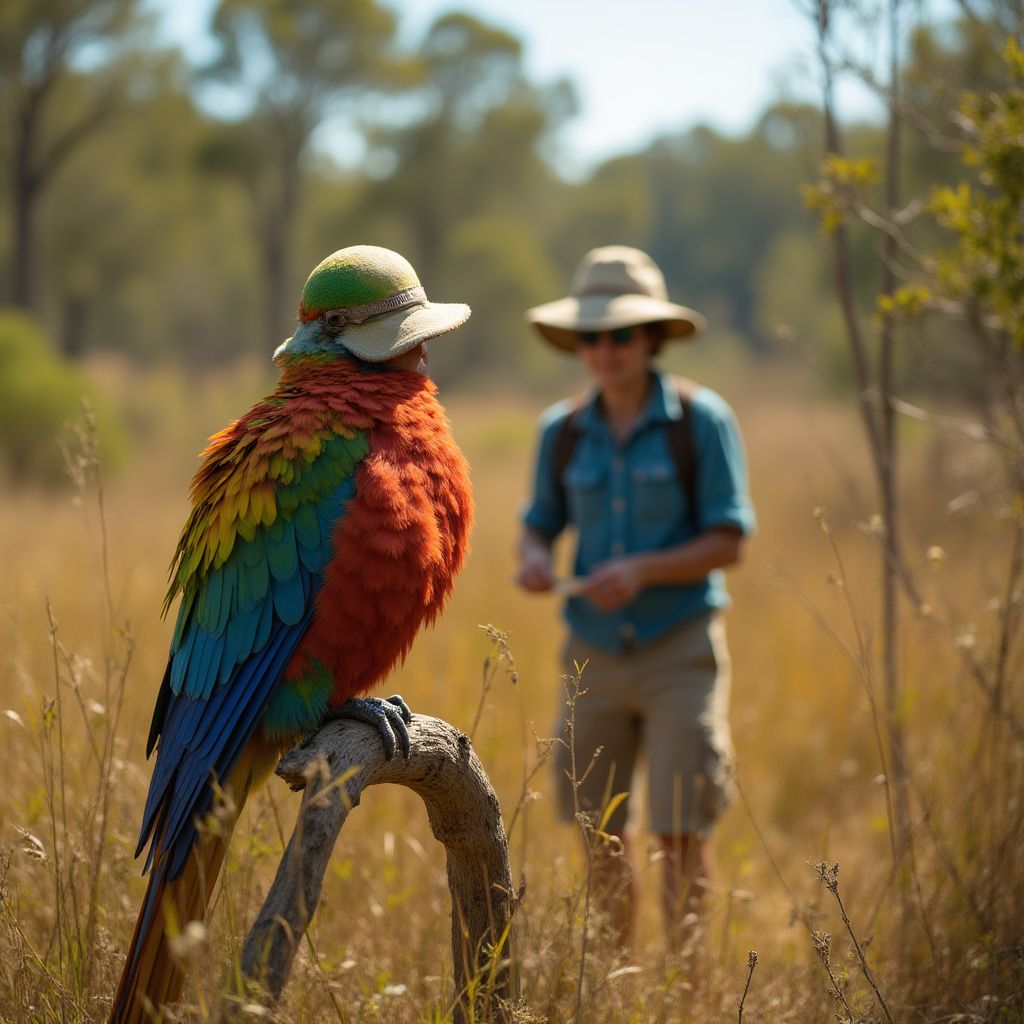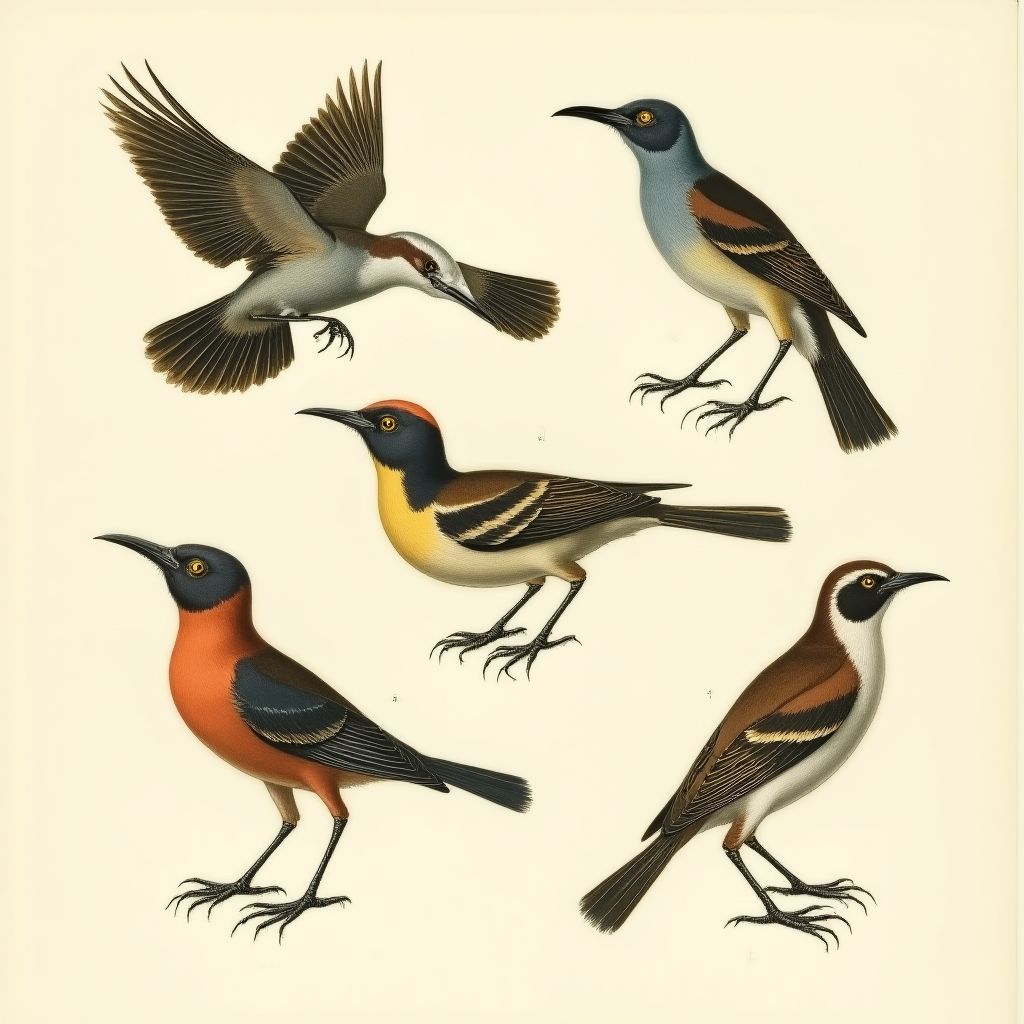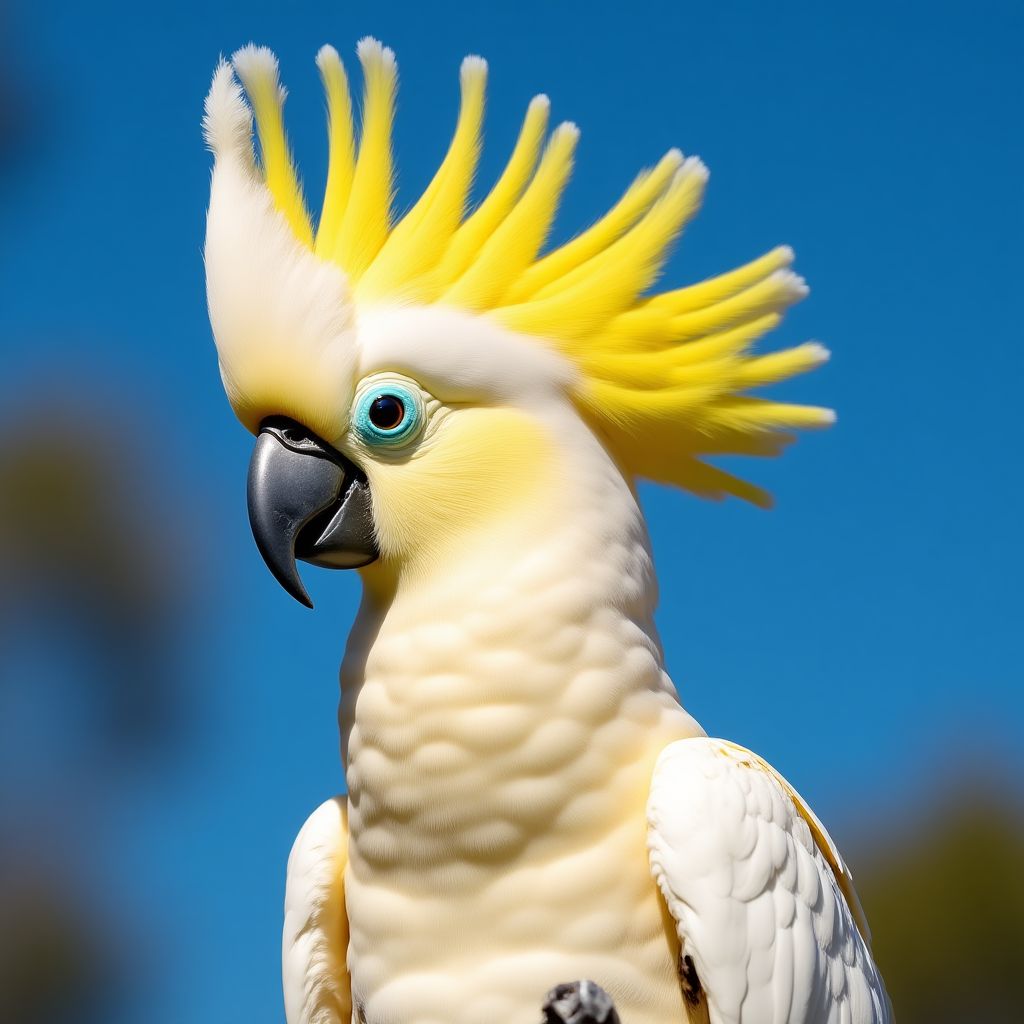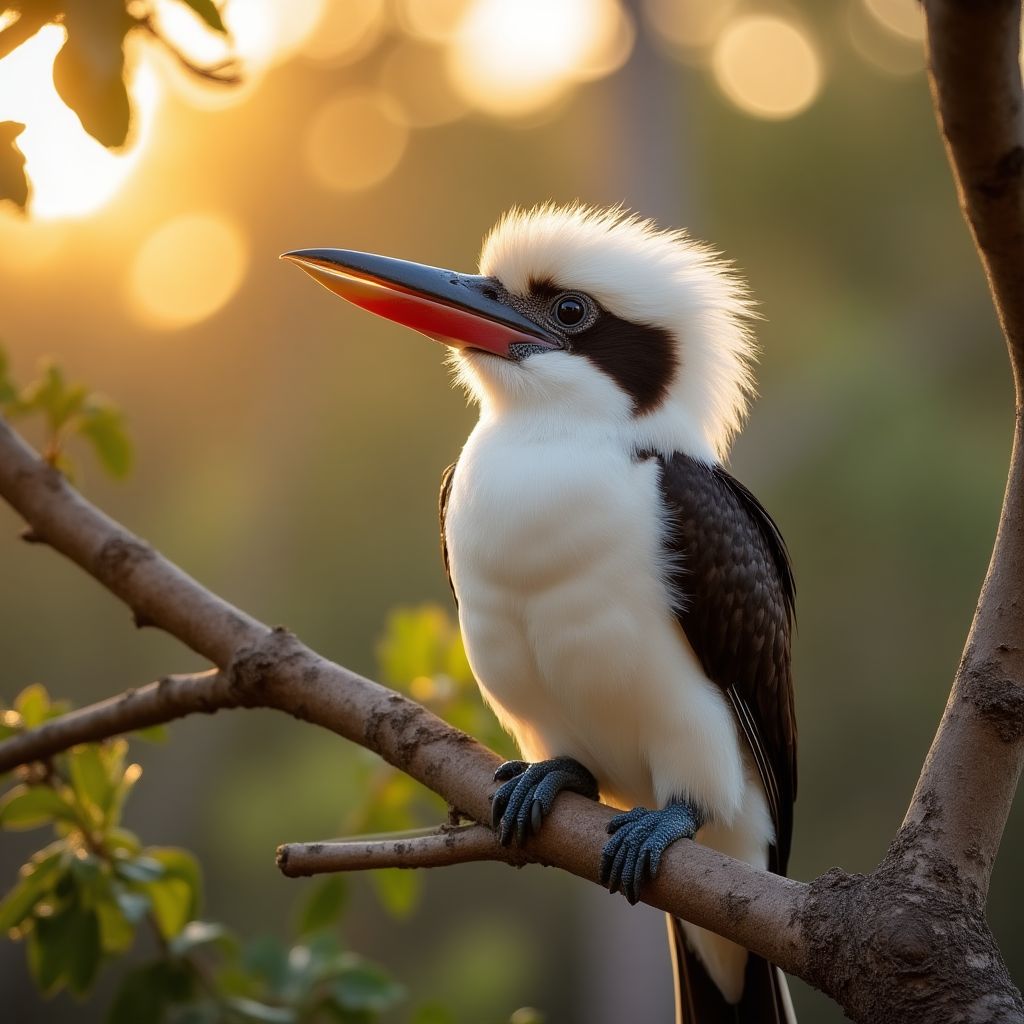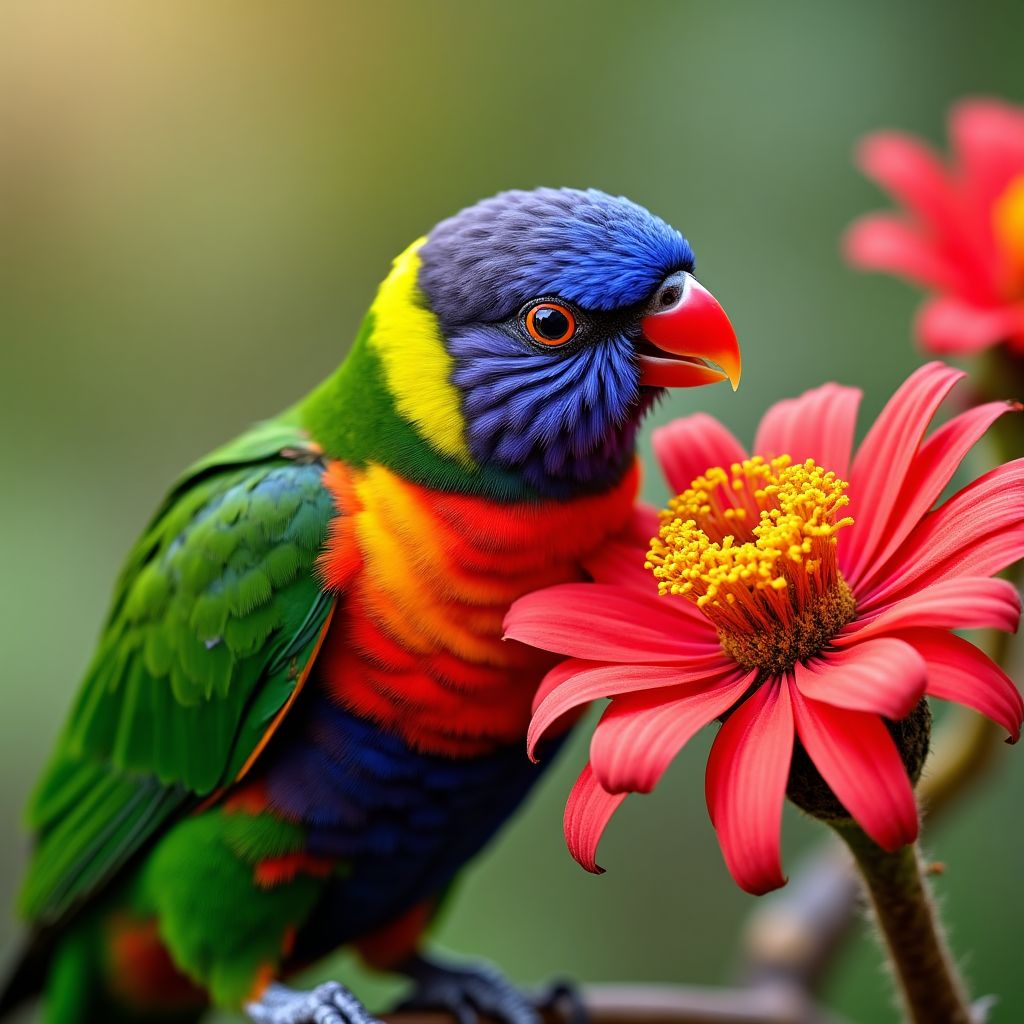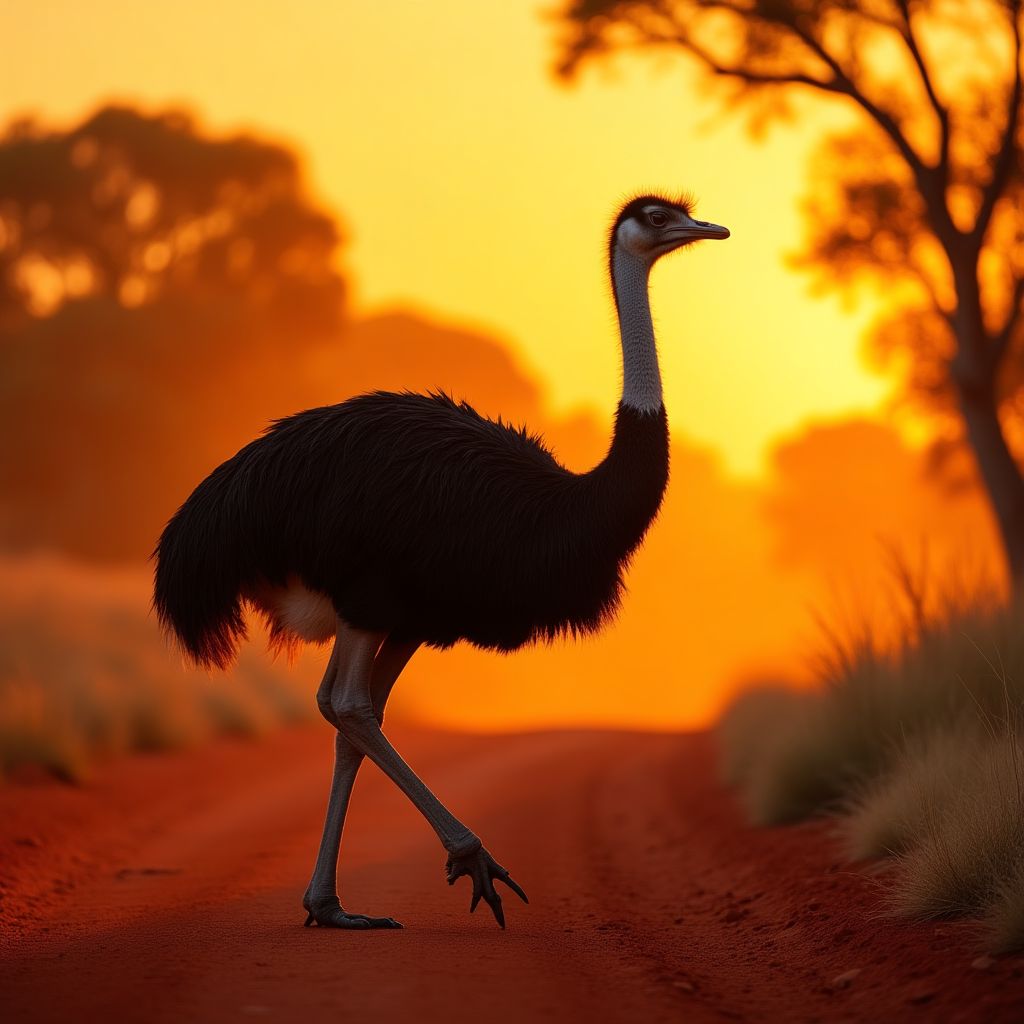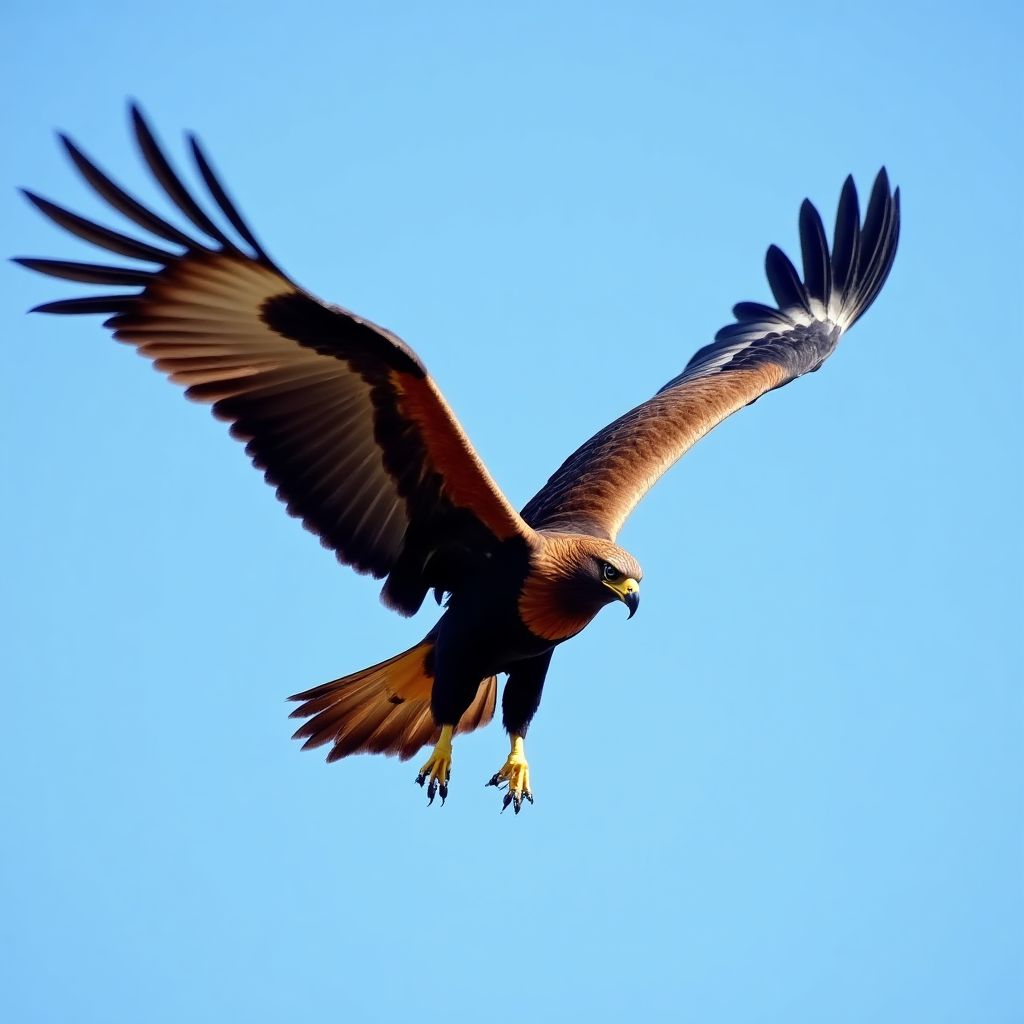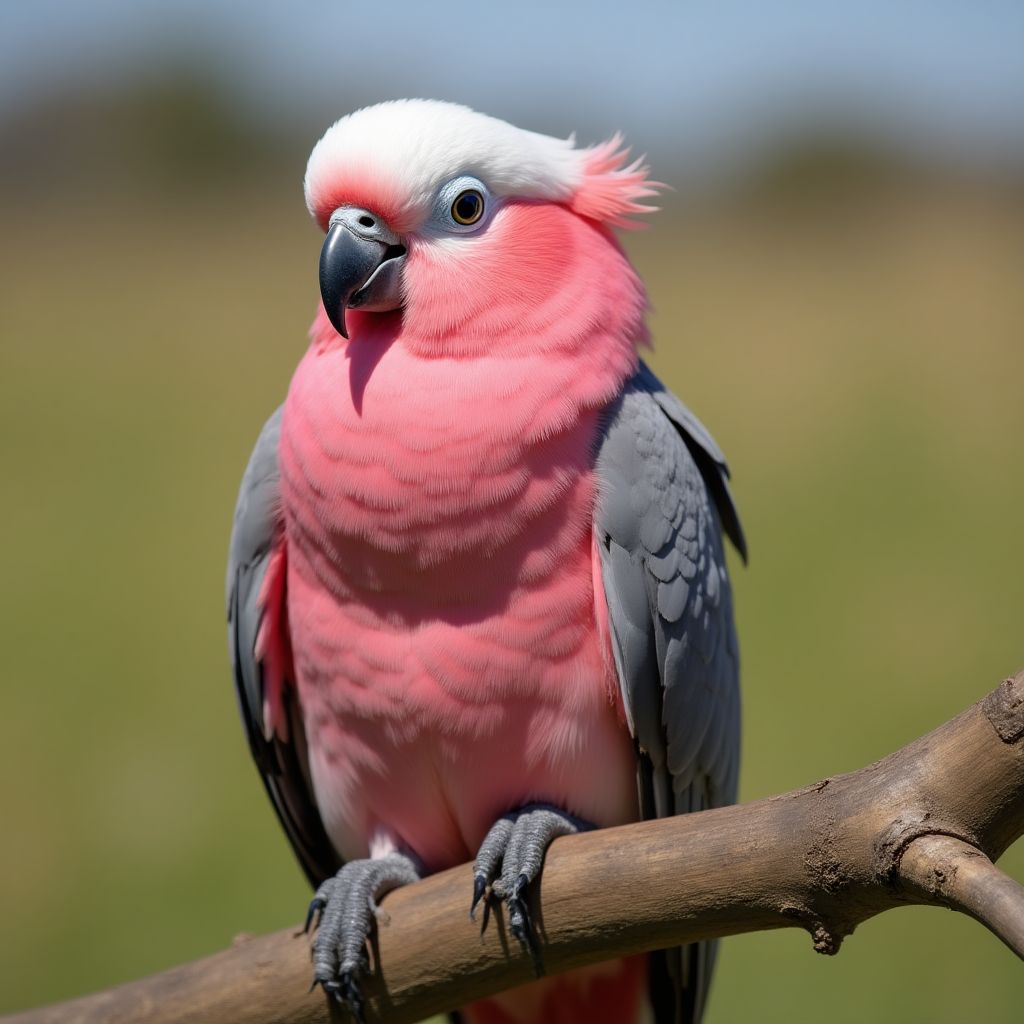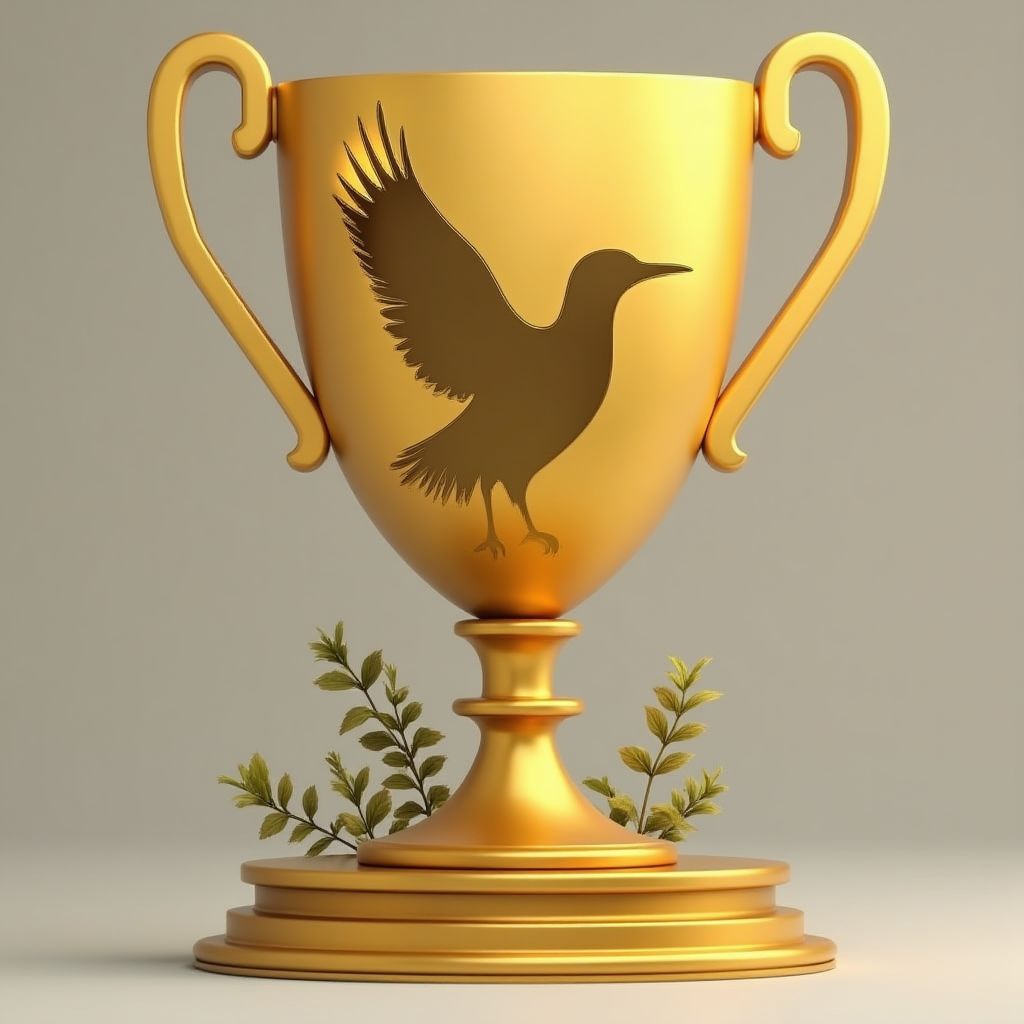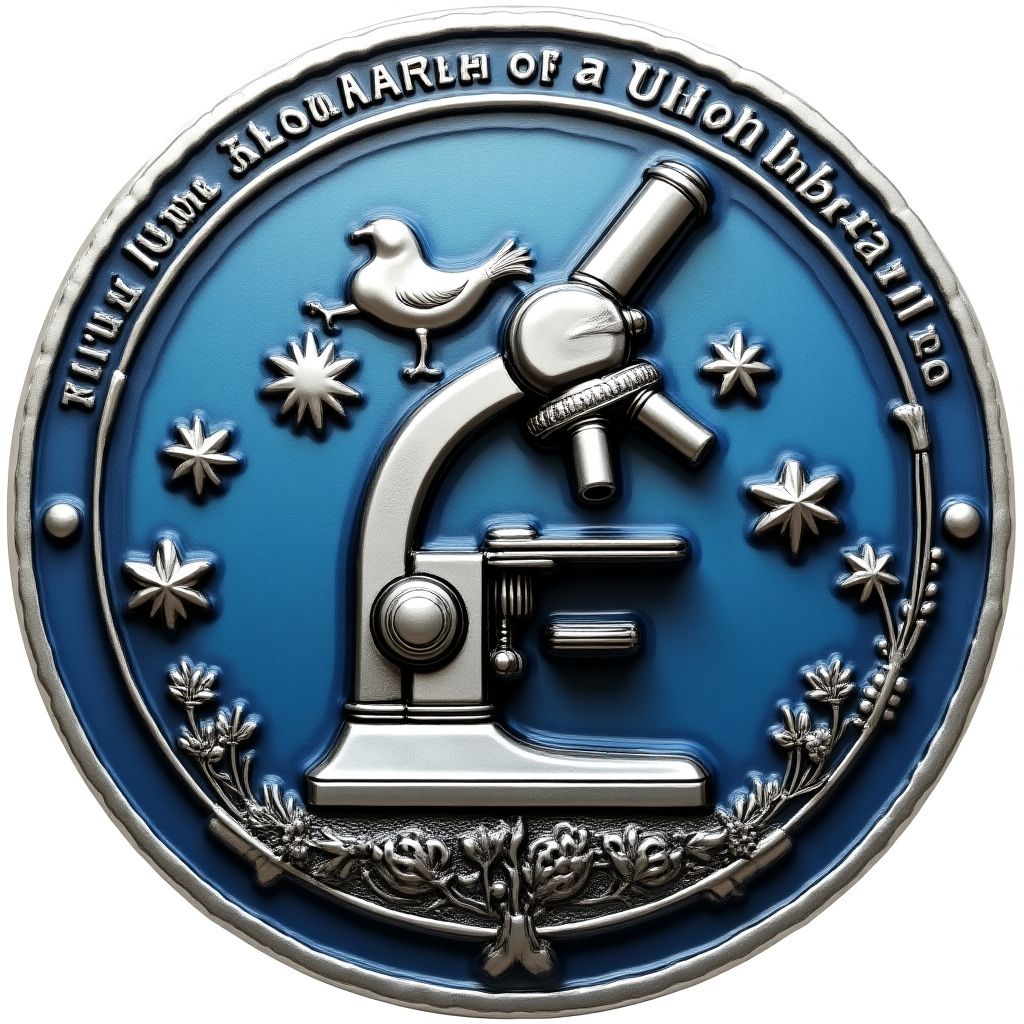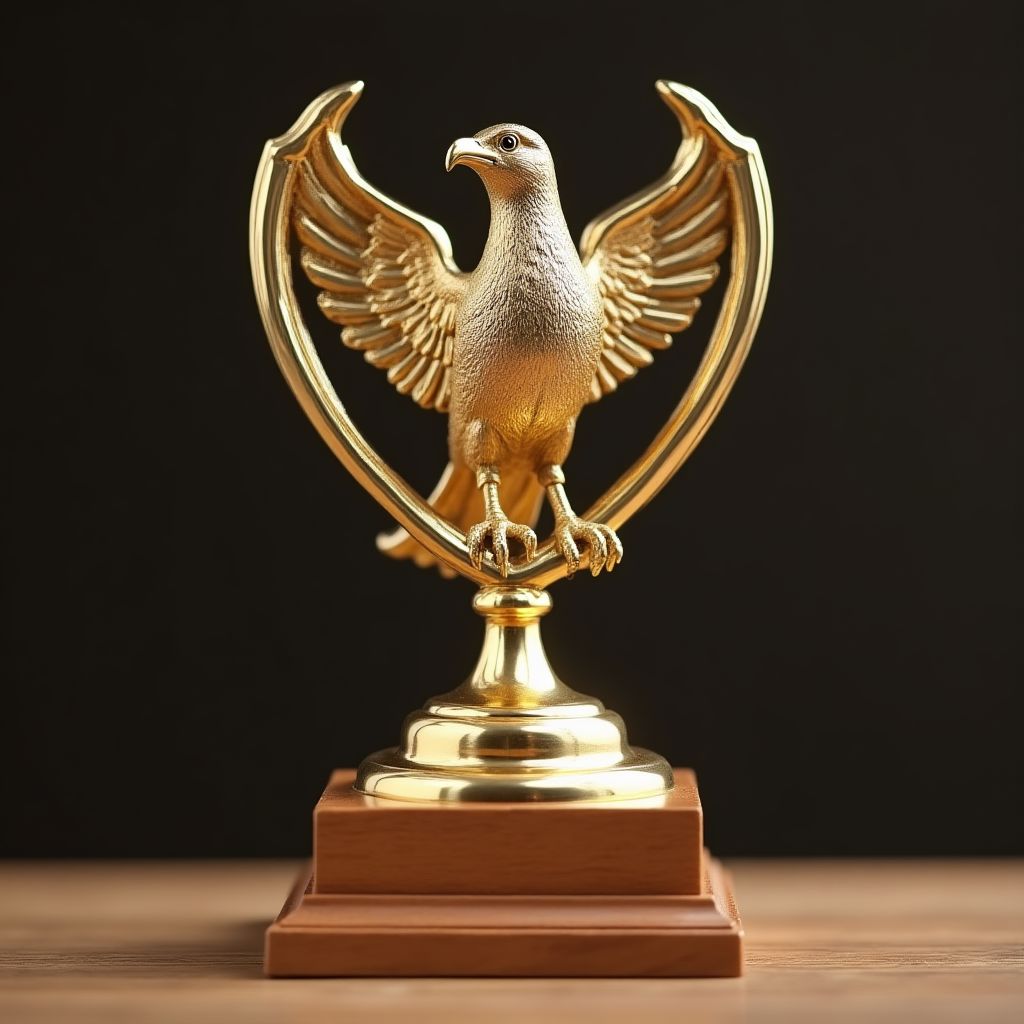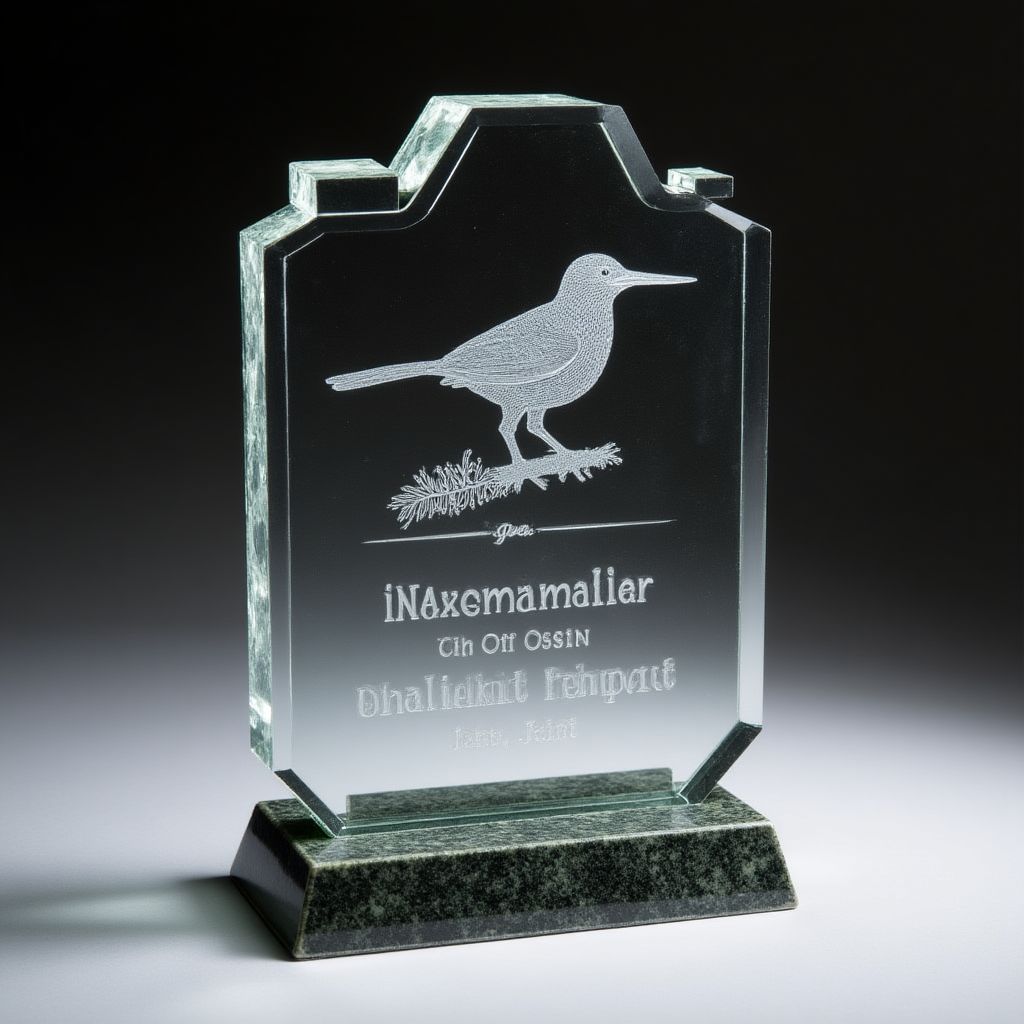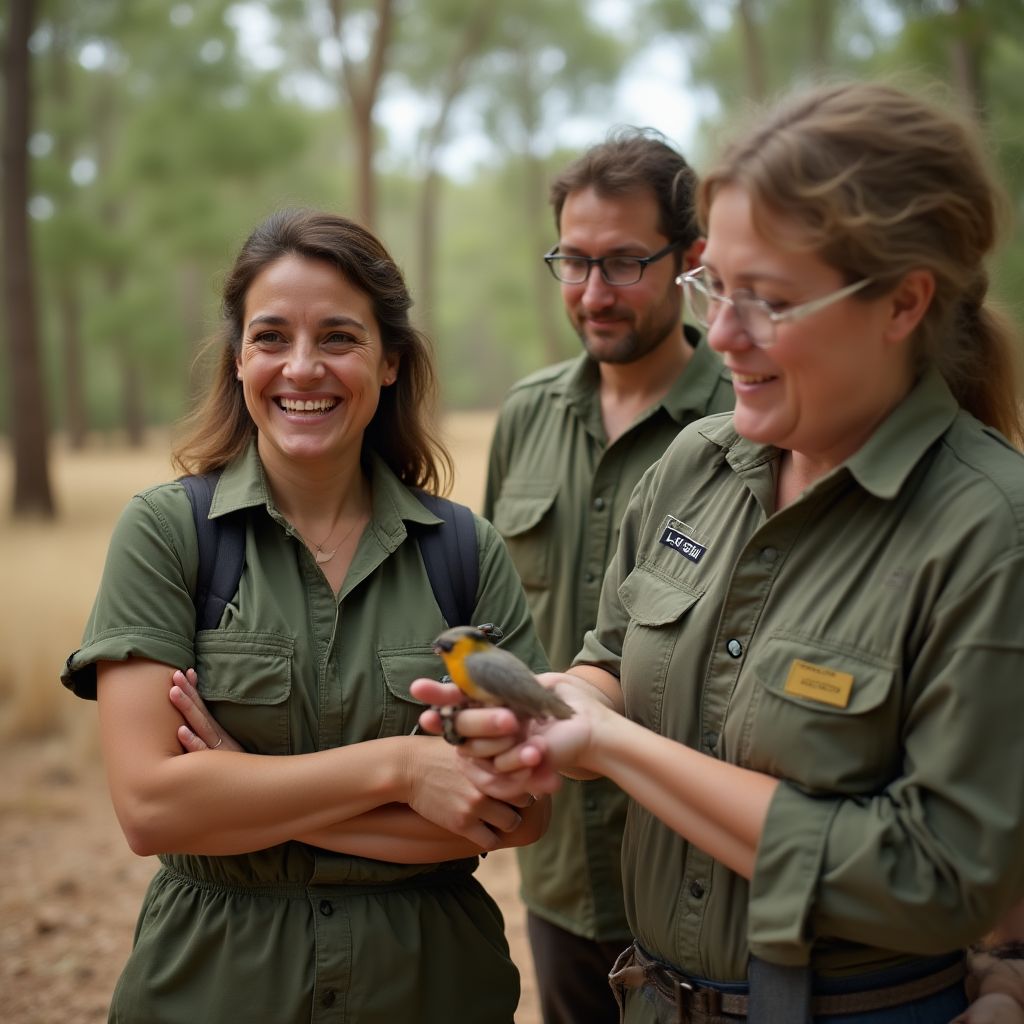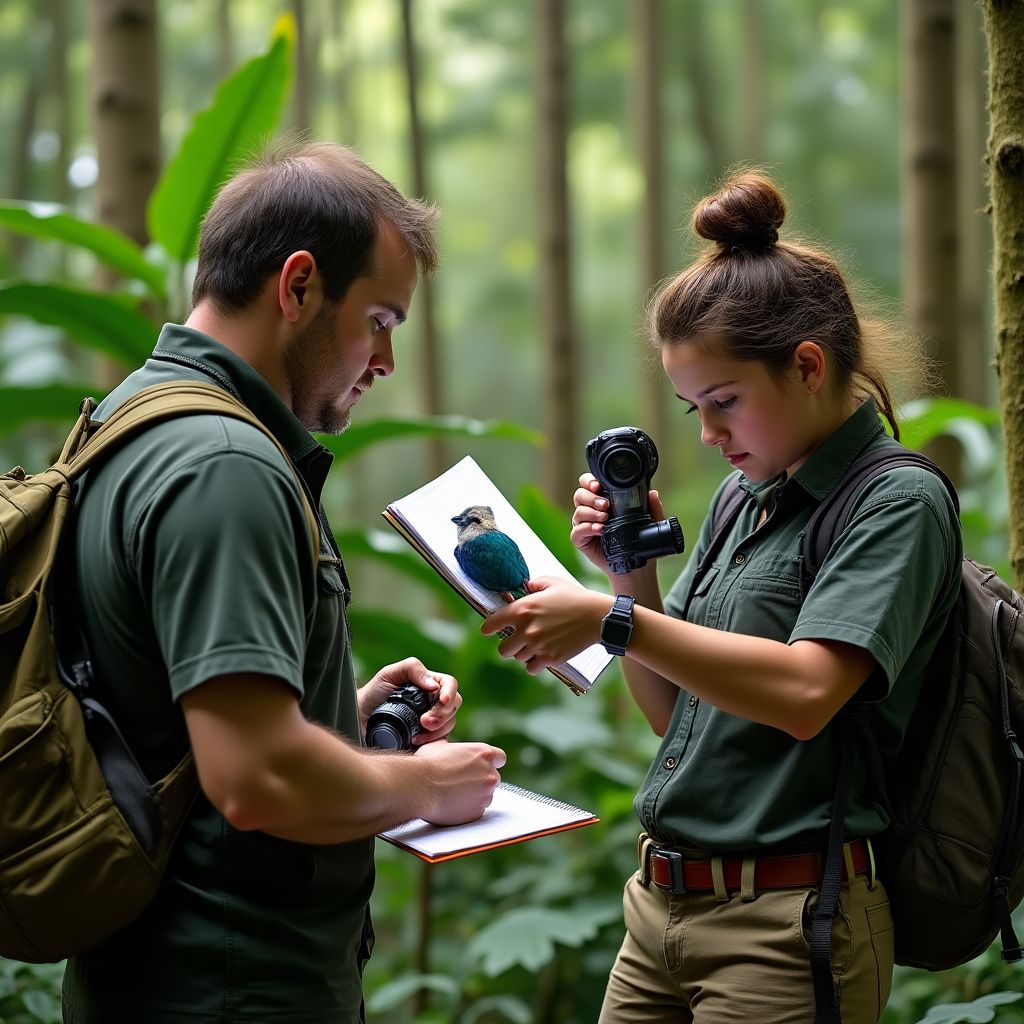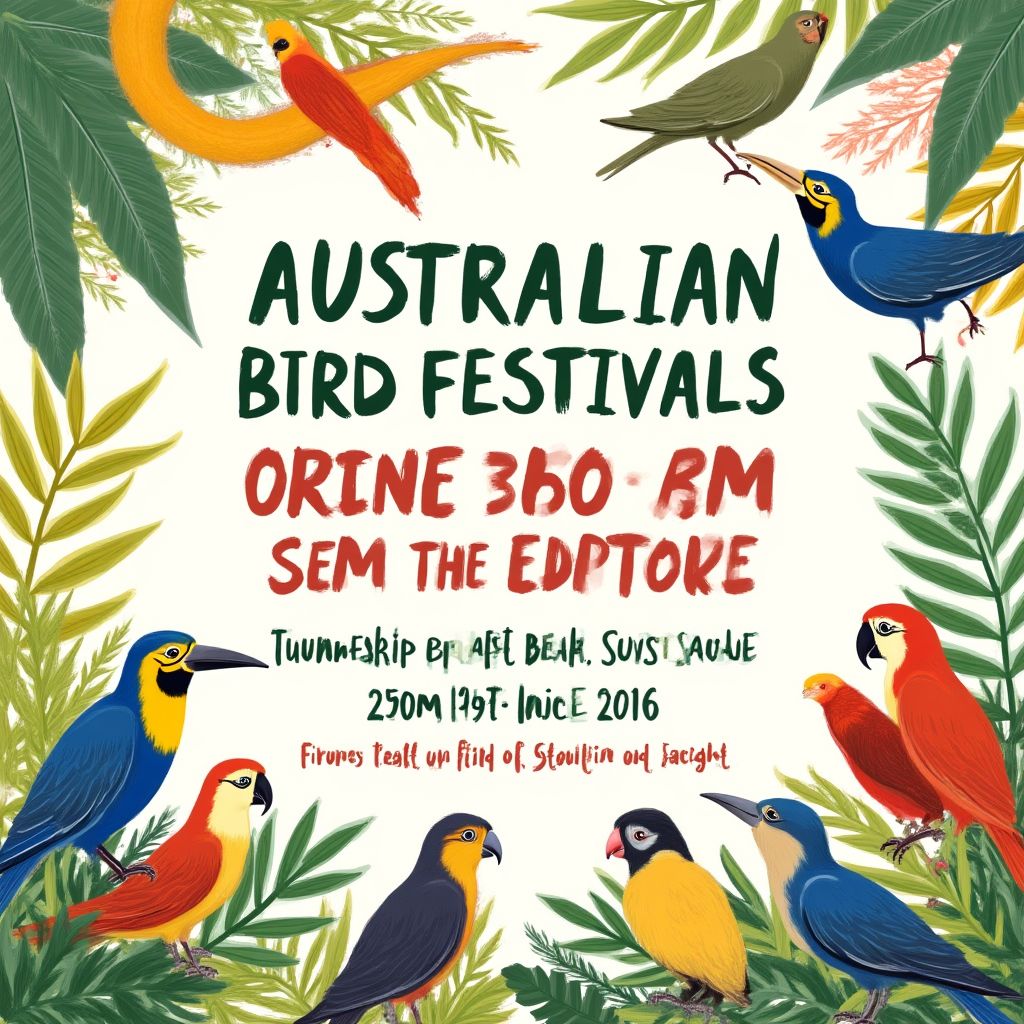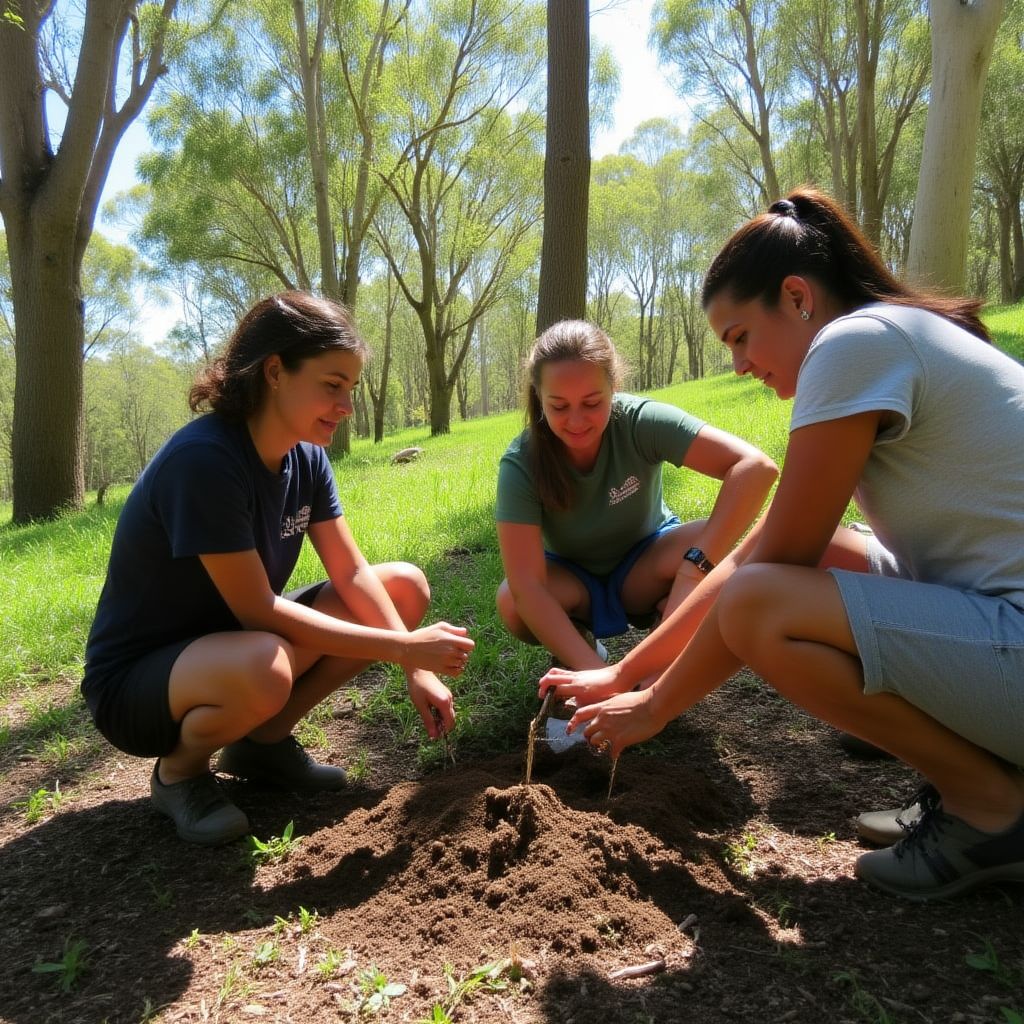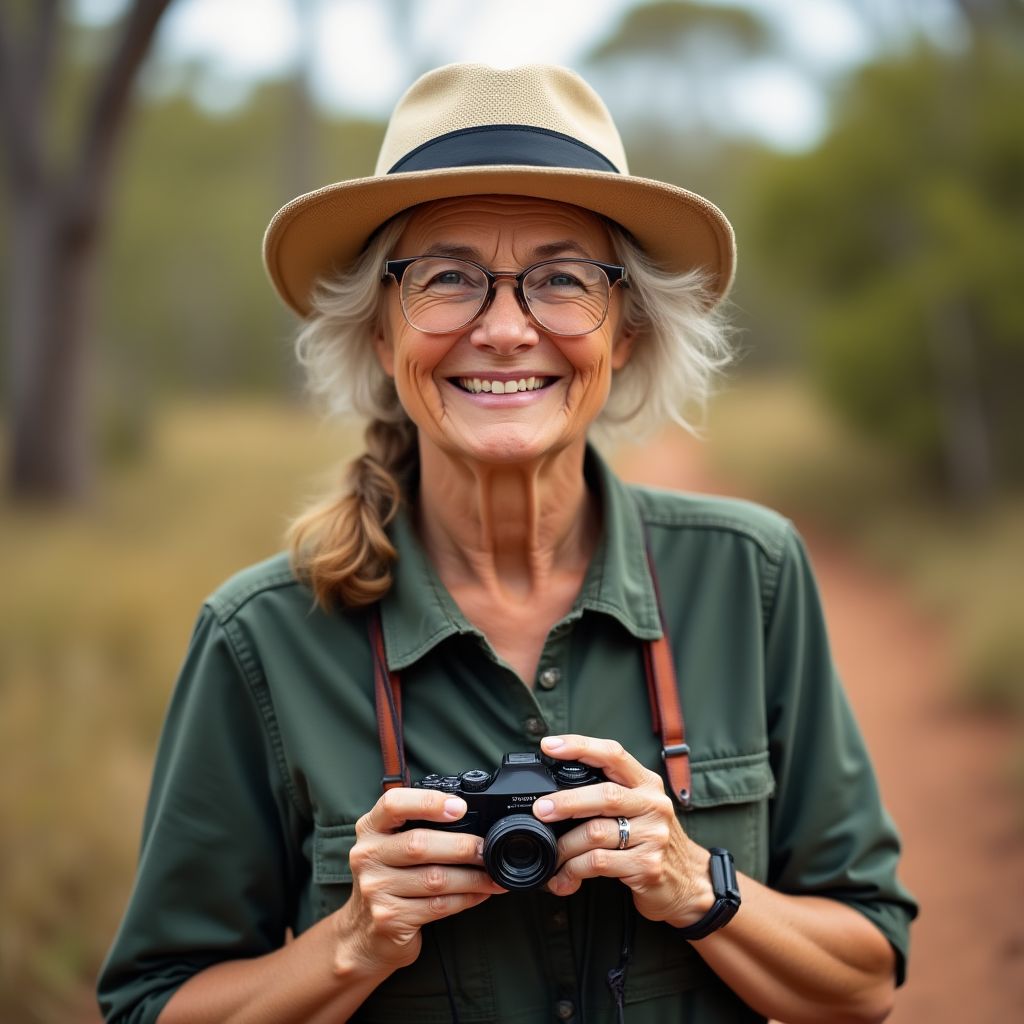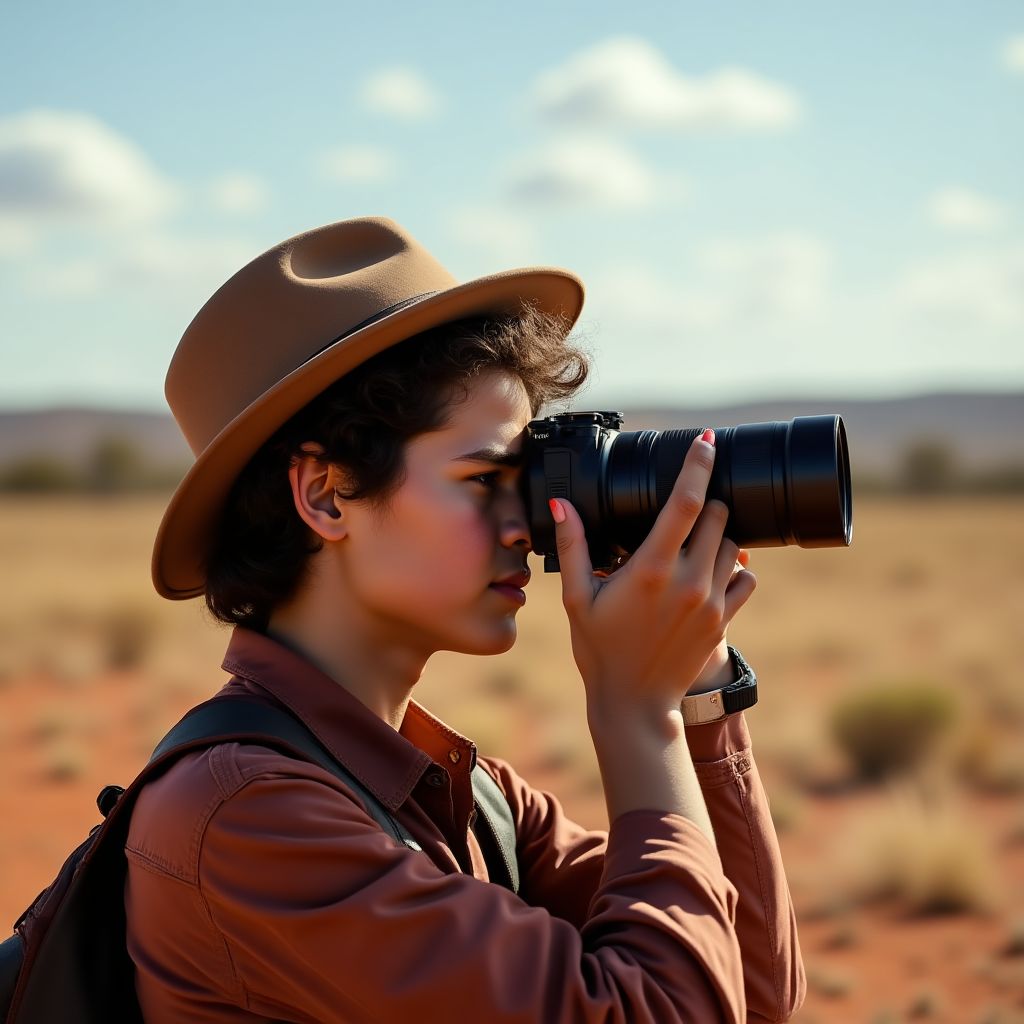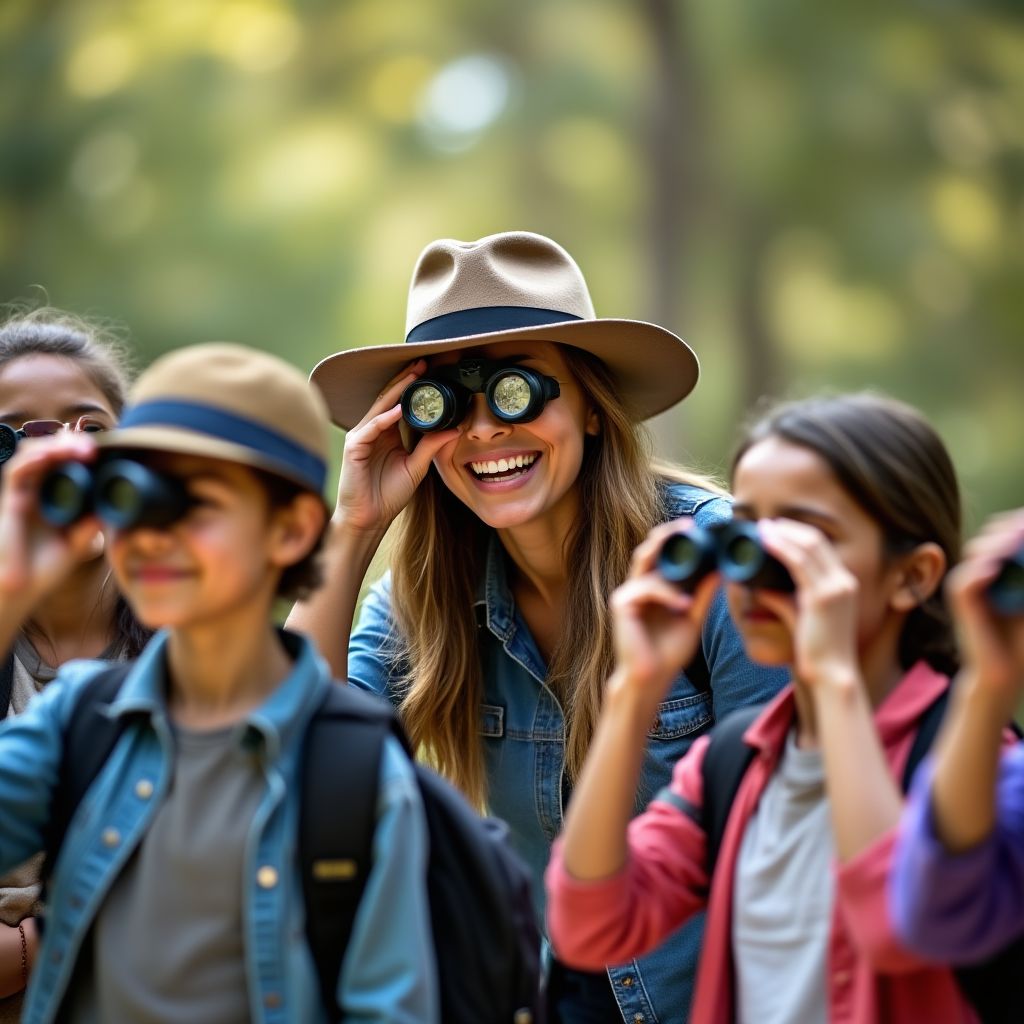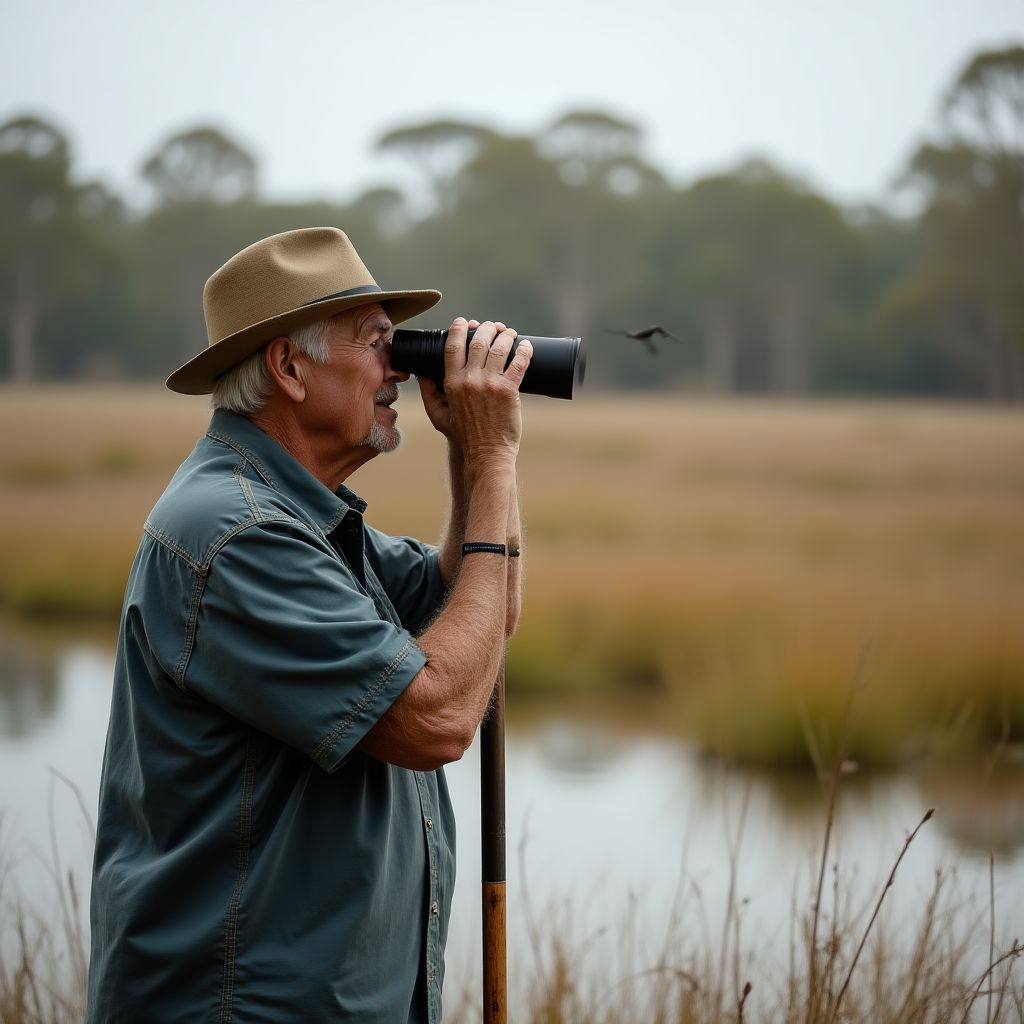A Journey Through Time
Our organization began in 1992 when a small group of bird enthusiasts in Sydney decided to create a dedicated resource for documenting Australia's unique avian species. What started as a local birdwatching club quickly evolved into a nationwide network of researchers, photographers, and conservationists all united by their passion for Australian birds.
Throughout the 1990s, we conducted extensive field research across Australia's diverse ecosystems, from the tropical rainforests of Queensland to the arid outback of Western Australia. Our early publications gained recognition for their detailed documentation of bird behaviors, migration patterns, and habitat requirements.
By the early 2000s, we had established partnerships with universities, government agencies, and international conservation organizations. These collaborations enabled us to expand our research capabilities and develop more effective conservation strategies. The launch of our online platform in 2005 marked a significant milestone, allowing us to reach a global audience and share Australia's avian wonders with bird enthusiasts worldwide.
Today, Cochikens.com stands as Australia's premier resource for bird information, conservation news, and community engagement. Our history reflects our enduring commitment to protecting Australia's feathered treasures and inspiring future generations of bird lovers.
